Using data to optimize the cutting parameters of the intelligent slitting machine can be achieved through the following steps, combining data acquisition, analysis and feedback control to improve cutting accuracy, efficiency and material utilization:
1. Data collection and preprocessing
• Key Data Sources:
◦ Equipment sensors: cutting speed, blade pressure, temperature, vibration, motor current, etc.
◦ Material properties: material type, thickness, hardness, surface state (such as coil tension).
◦ Environmental data: temperature and humidity, equipment stability.
◦ Cutting results: dimensional accuracy, edge quality (burrs, chipping), scrap rate.
• Data preprocessing:
◦ Cleanse outliers (such as sensor fault data).
◦ Standardize data formats to establish time series or slit-batch associations.
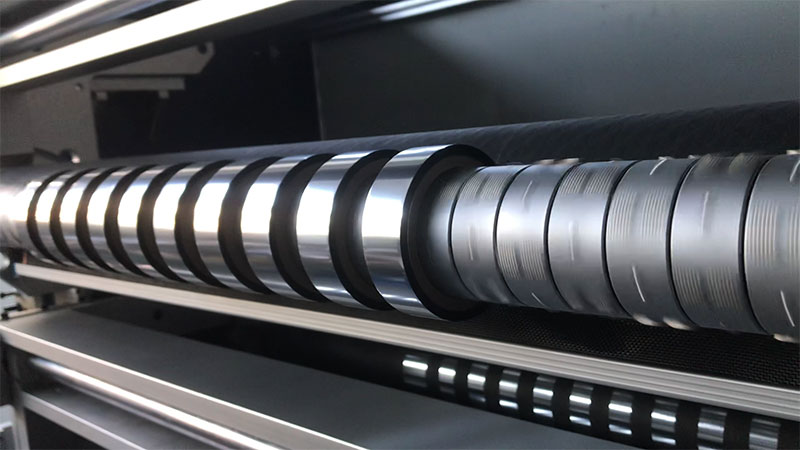
2. Data analysis and modeling
• Statistical analysis methods:
◦ Correlation analysis: Determine the relationship between cutting parameters (e.g., speed, pressure) and results (accuracy, quality).
◦ Cluster analysis: Identify the optimal combination of parameters under different material or process conditions.
• Machine Learning Models:
◦ Supervised learning: Train regression models (e.g., random forests, neural networks) to predict cut quality, or classified models to determine pass/fail.
◦ Reinforcement learning: dynamically adjust parameters for real-time optimization (e.g., scrap reduction).
• Digital twin: Establish a virtual slitting machine model and simulate the parameter adjustment effect.
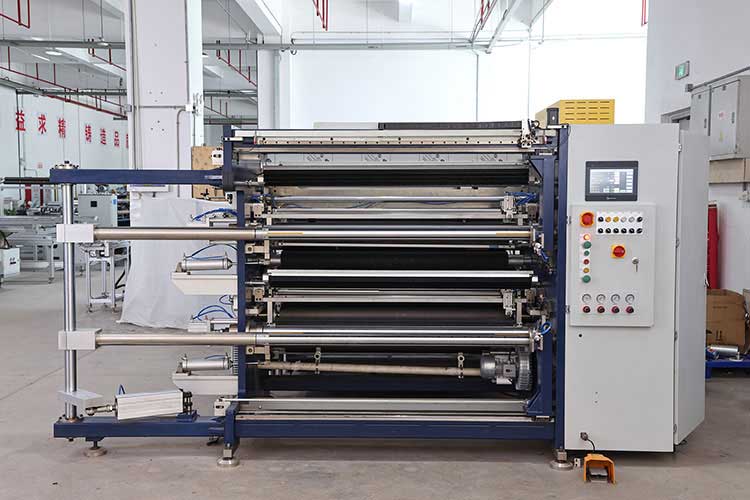
3. Parameter optimization strategy
• Multi-objective optimization:
◦ Objective function: maximize cutting speed, minimize scrap rate, and ensure quality.
◦ Algorithm: Genetic algorithm (NSGA-II) and particle swarm optimization (PSO) to find the Pareto optimal solution.
• Real-Time Feedback Control:
◦ Dynamically adjust tool speed or pressure based on in-line inspection, such as a vision system.
◦ Adaptive control: Automatically compensates for material fluctuations, such as thickness changes.
4. Examples of application scenarios
• Case 1: Waste reduction
Through historical data, it was found that when cutting a certain type of film, a 5% reduction in speed can reduce edge burrs and a 2% reduction in scrap rate. The model recommends adjusting parameters and validating them.
• Case 2: Dynamic adjustment
The laser slitting machine automatically adjusts the power and movement speed by monitoring the temperature of the heat-affected zone in real time to avoid overheating of the material.

5. System implementation tools
• Edge computing: Local real-time processing of sensor data (e.g., PLC+Python scripts).
• Cloud platform: Long-term storage and analysis of data (e.g., AWS IoT, Azure ML).
• Visual Kanban: Monitor key metrics (OEE, scrap trends).
6. Continuous improvement
• Closed-loop feedback: feedback each cut result to the model for iterative optimization.
• A/B testing: Compare the actual effects of new and old parameters to verify model recommendations.
Notes:
• Data security: Ensure that process data is not compromised.
• Human-machine collaboration: Retain the manual intervention interface to avoid the risk of fully automated decision-making.
Through data-driven optimization, intelligent slitting machines can improve efficiency by 10%~30% while reducing material loss, depending on data quality and algorithm selection.



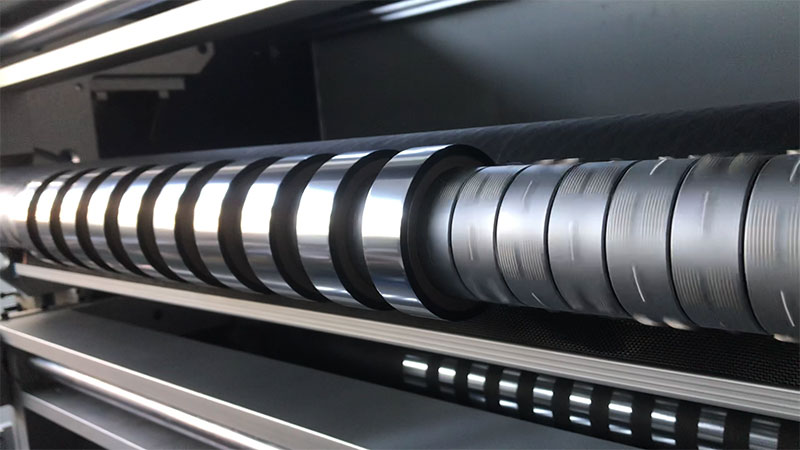
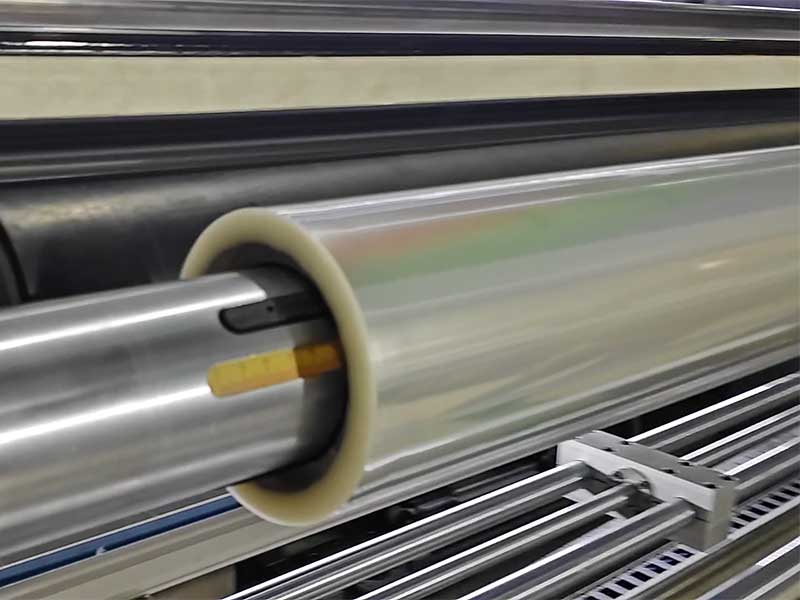
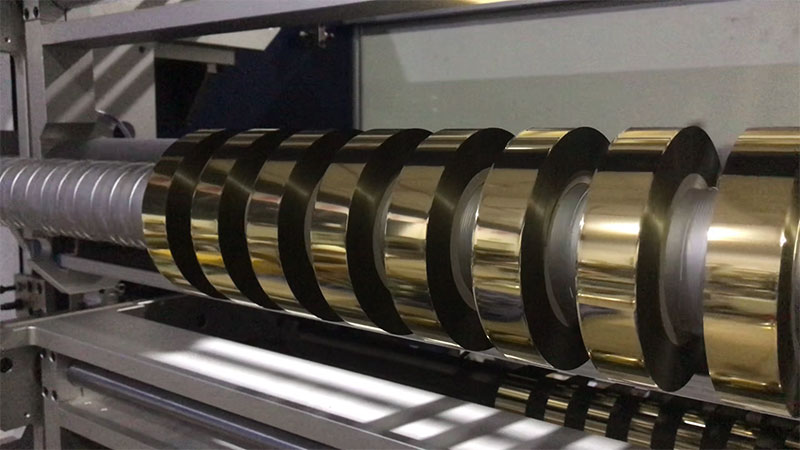
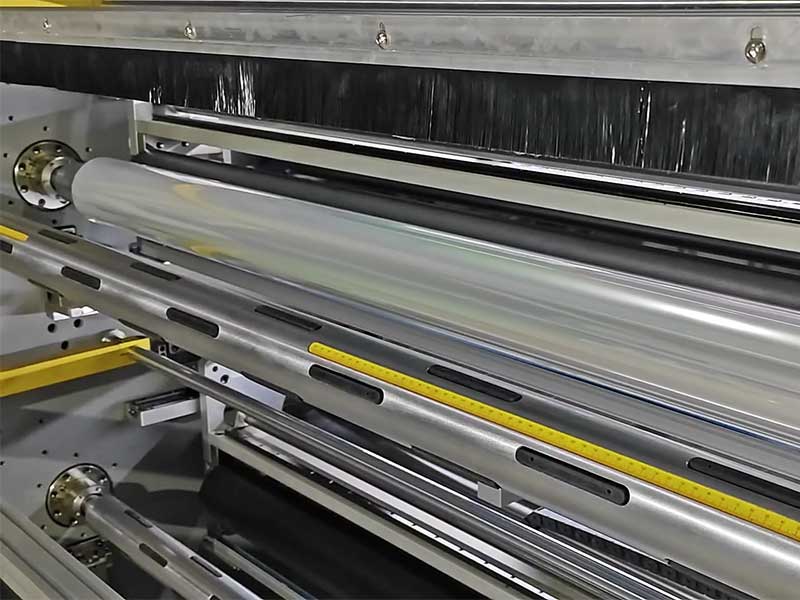
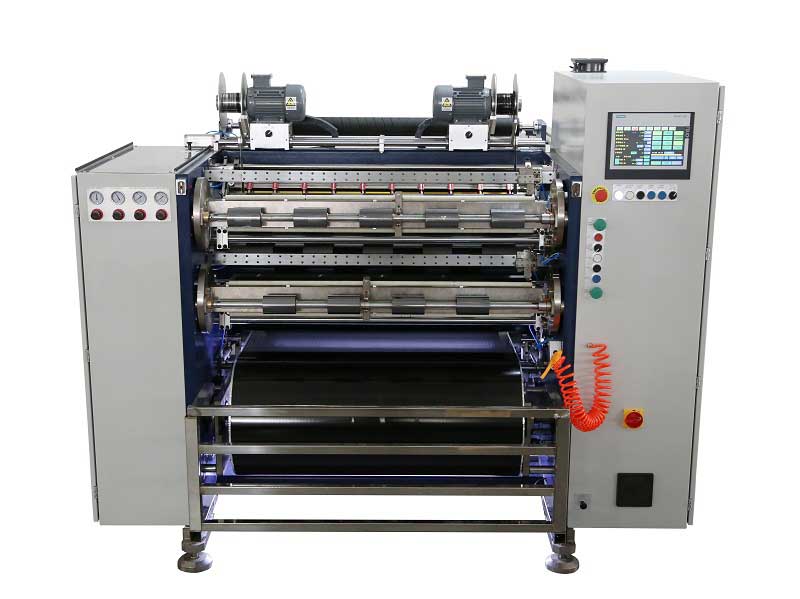 Automatic Thermal Transfer Ribbon Slitting Machine RSDS8 H PLUS
Automatic Thermal Transfer Ribbon Slitting Machine RSDS8 H PLUS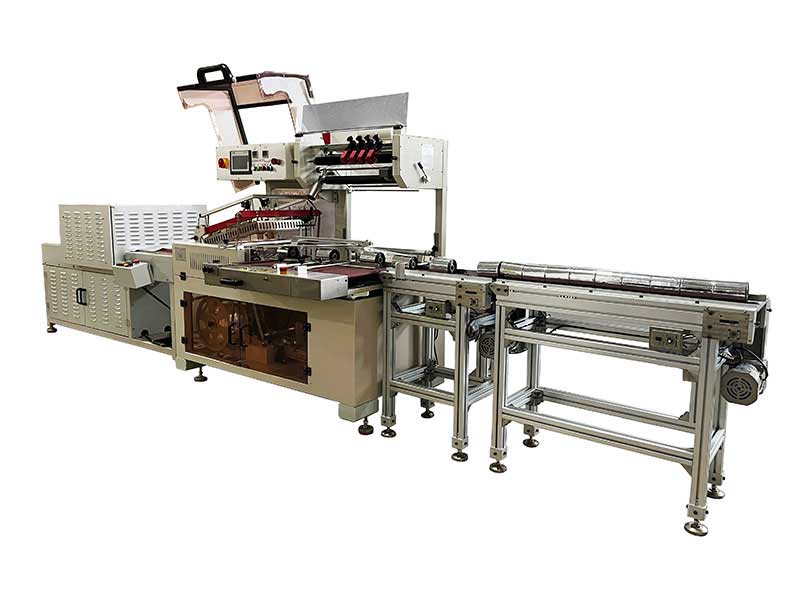 Thermal Transfer Ribbons Packaging Machine
Thermal Transfer Ribbons Packaging Machine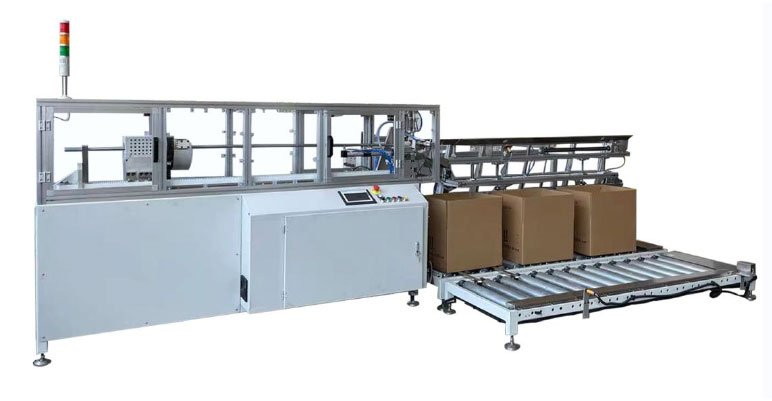 Automatic Paper Core Cutting Machine
Automatic Paper Core Cutting Machine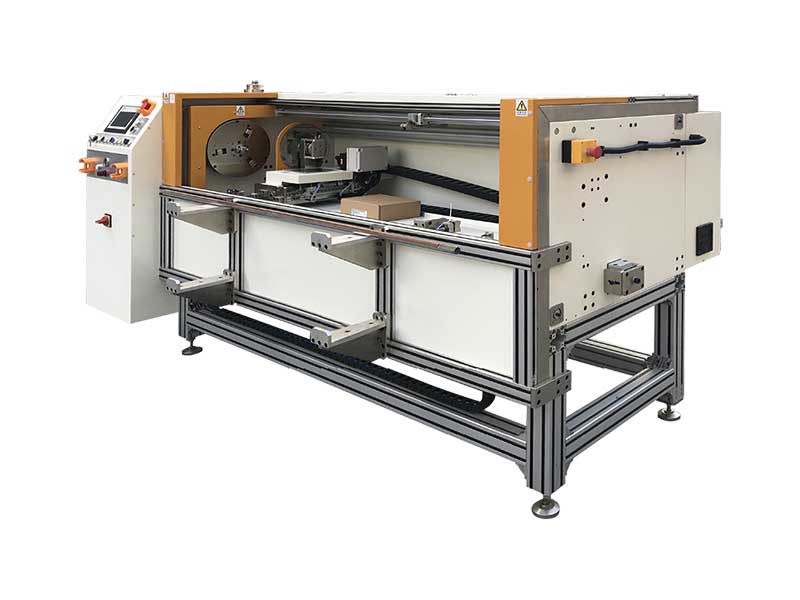 Automatic Foil Roll Cutting Machine
Automatic Foil Roll Cutting Machine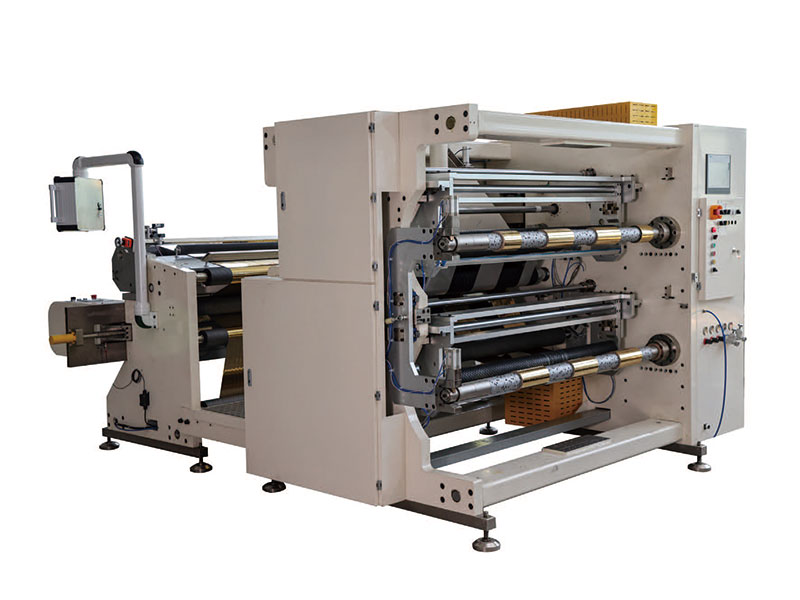 1400mm Hot Stamping Foil Slitting Machine
1400mm Hot Stamping Foil Slitting Machine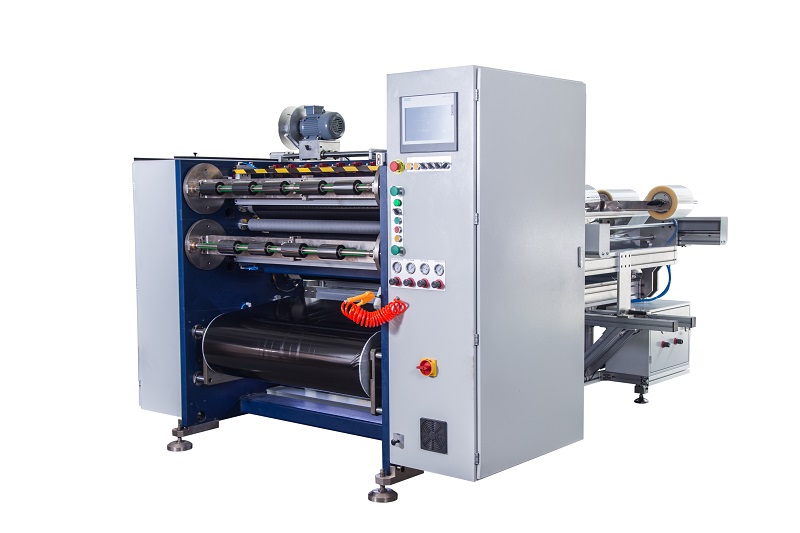 Semi Automatic Thermal Transfer Ribbon Slitting Machine RSDS5 PLUS
Semi Automatic Thermal Transfer Ribbon Slitting Machine RSDS5 PLUS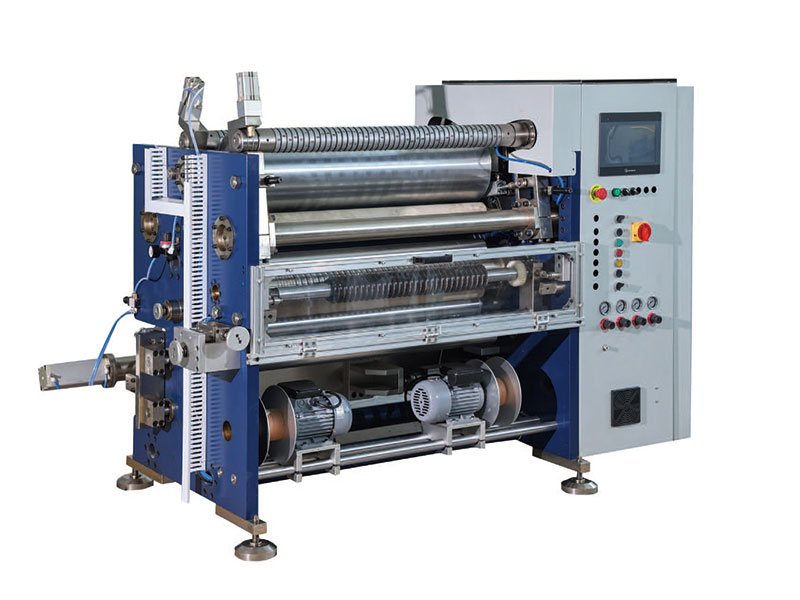 800mm Hot Stamping Foil Slitting Machine
800mm Hot Stamping Foil Slitting Machine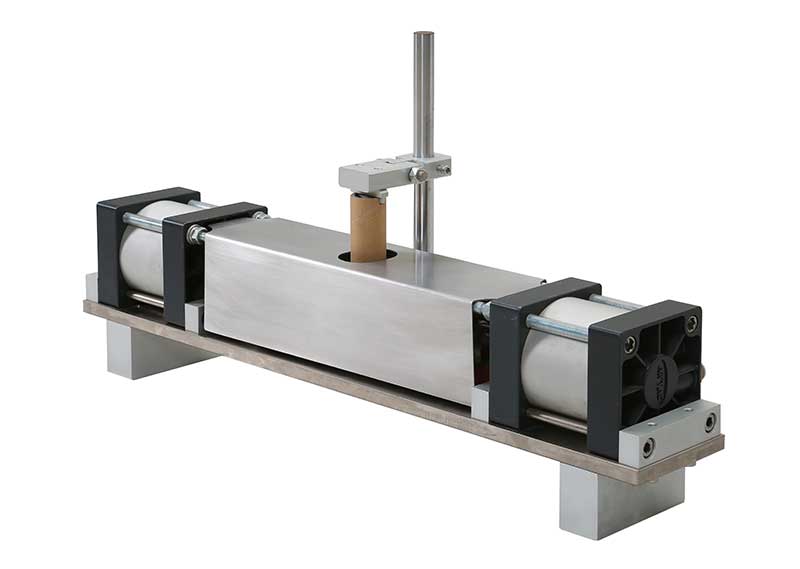 Paper Core Notch Puncher
Paper Core Notch Puncher

